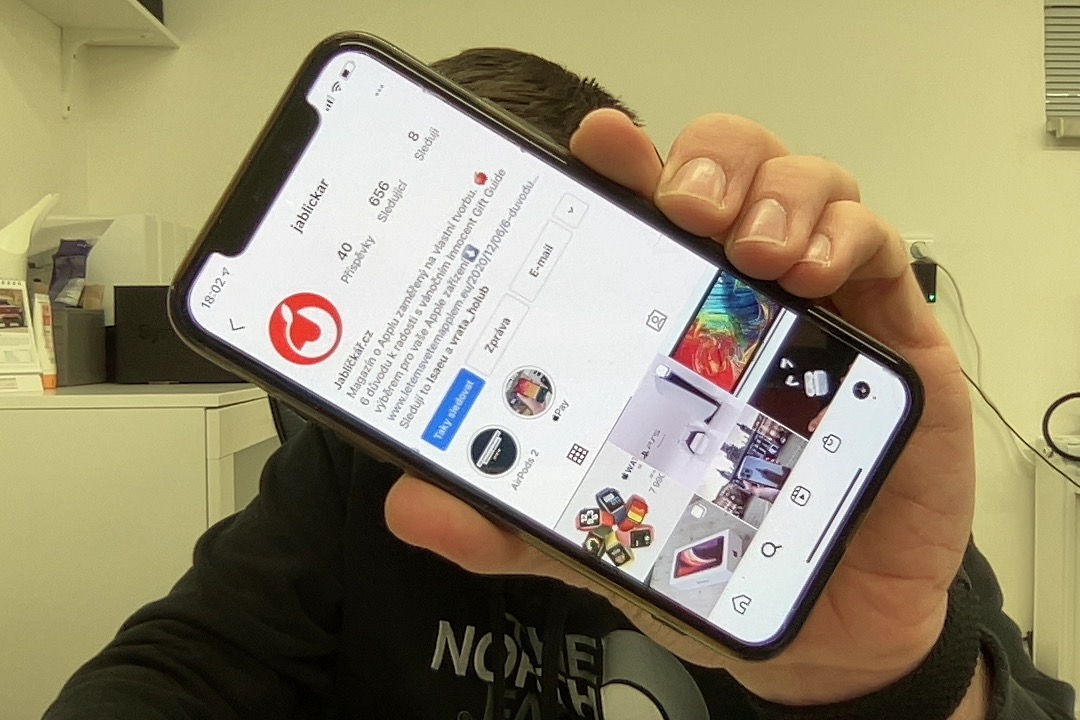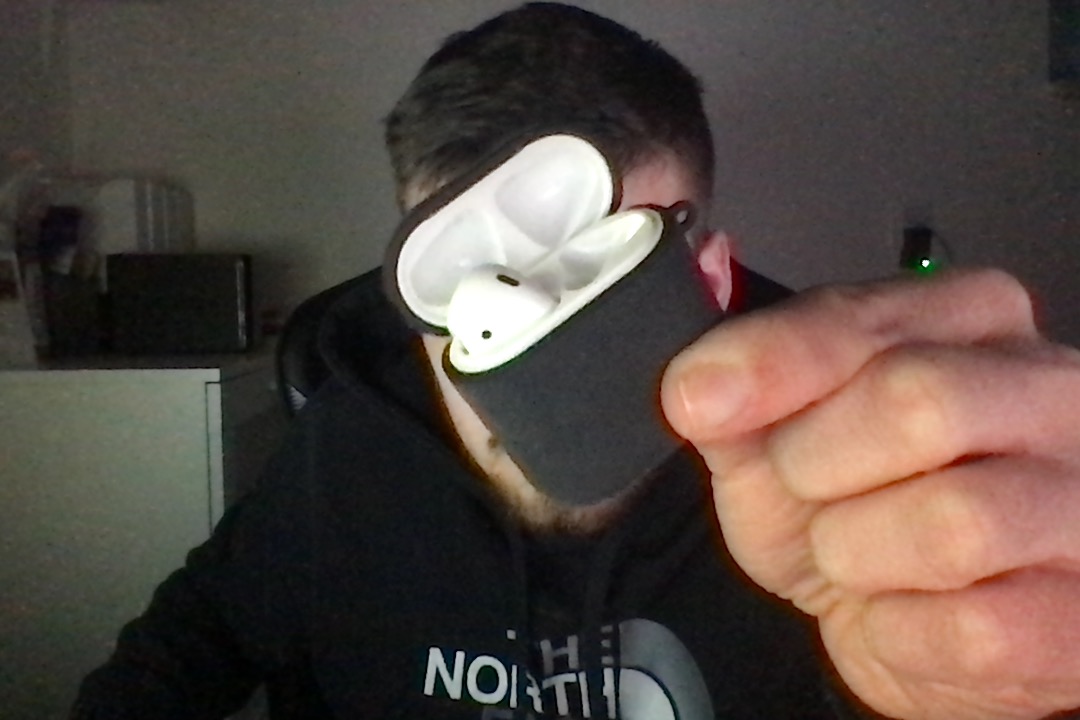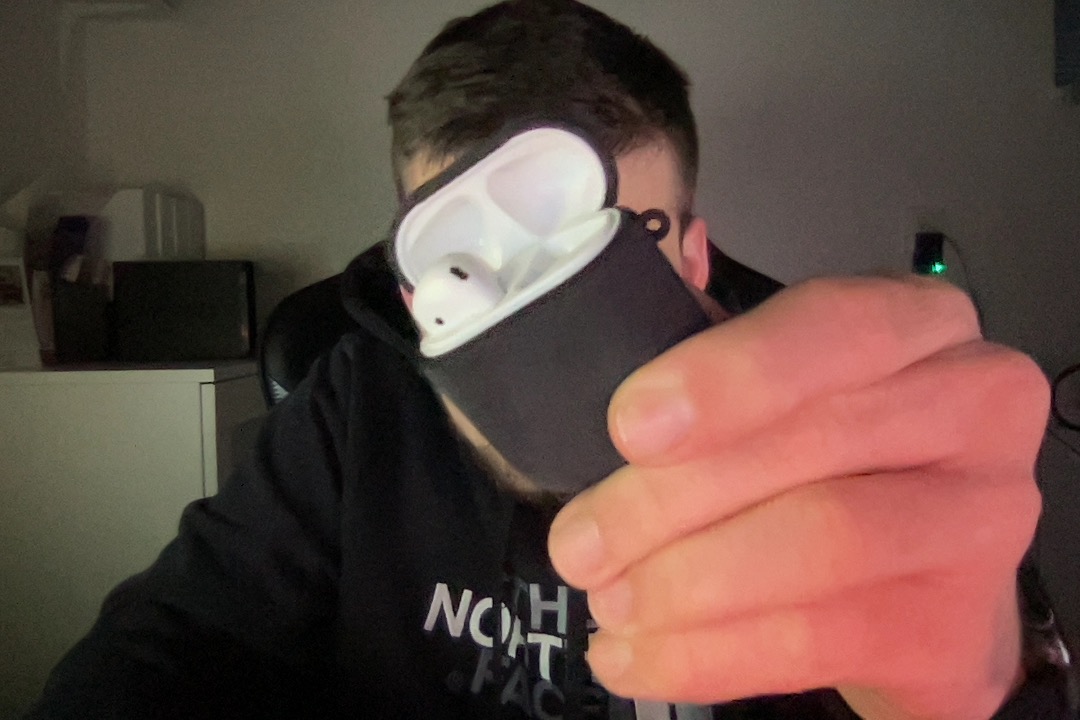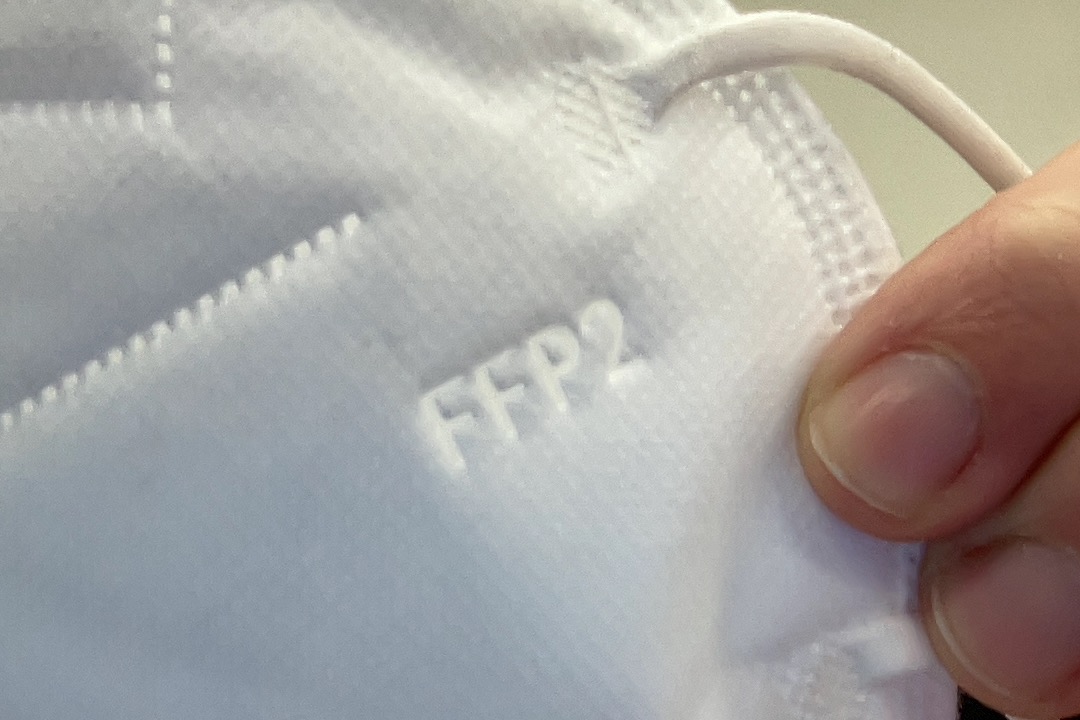For several days now, we have been supplying you with articles on our magazine in which we are devoted to the new MacBooks with the M1 chip. We managed to get both the MacBook Air M1 and the 13″ MacBook Pro M1 to the editorial office at the same time for long-term testing. At the moment, for example, we have already tested how Macy does with the M1 lead while playing, or how long it takes to completely discharged. Of course, we didn't avoid all kinds of things either by comparison with older Macs running Intel processors. In this article, we will take a look at the comparison of the front FaceTime camera of Macs with Intel and M1 together.
It could be interest you
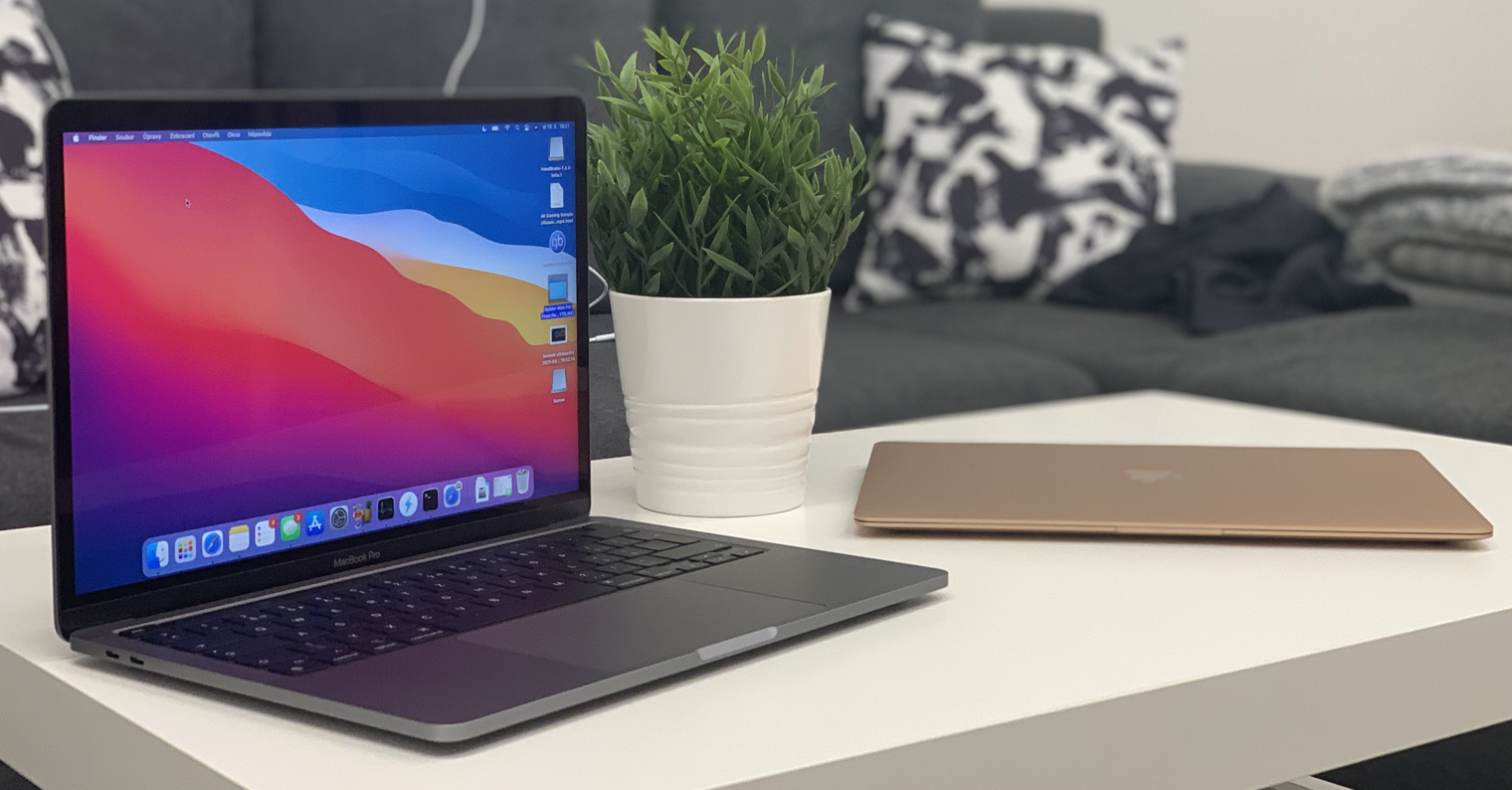
Apple has long been criticized for the quality of the front-facing FaceTime camera on all of its MacBooks. The same FaceTime camera, which has a resolution of only 720p, has been used for several years. Nowadays, there have long been devices, including iPhones, whose front cameras are capable of capturing 4K images without the slightest problem. You may be wondering why this is - only Apple knows the true answer to this question. Personally, I hope that we will soon see Face ID biometric authentication on Apple computers as well, together with a camera that offers 4K resolution. Thanks to this, the Californian giant will make a "giant leap" and will be able to state during the presentation that in addition to the addition of Face ID, the resolution of the front FaceTime camera has also been improved several times.
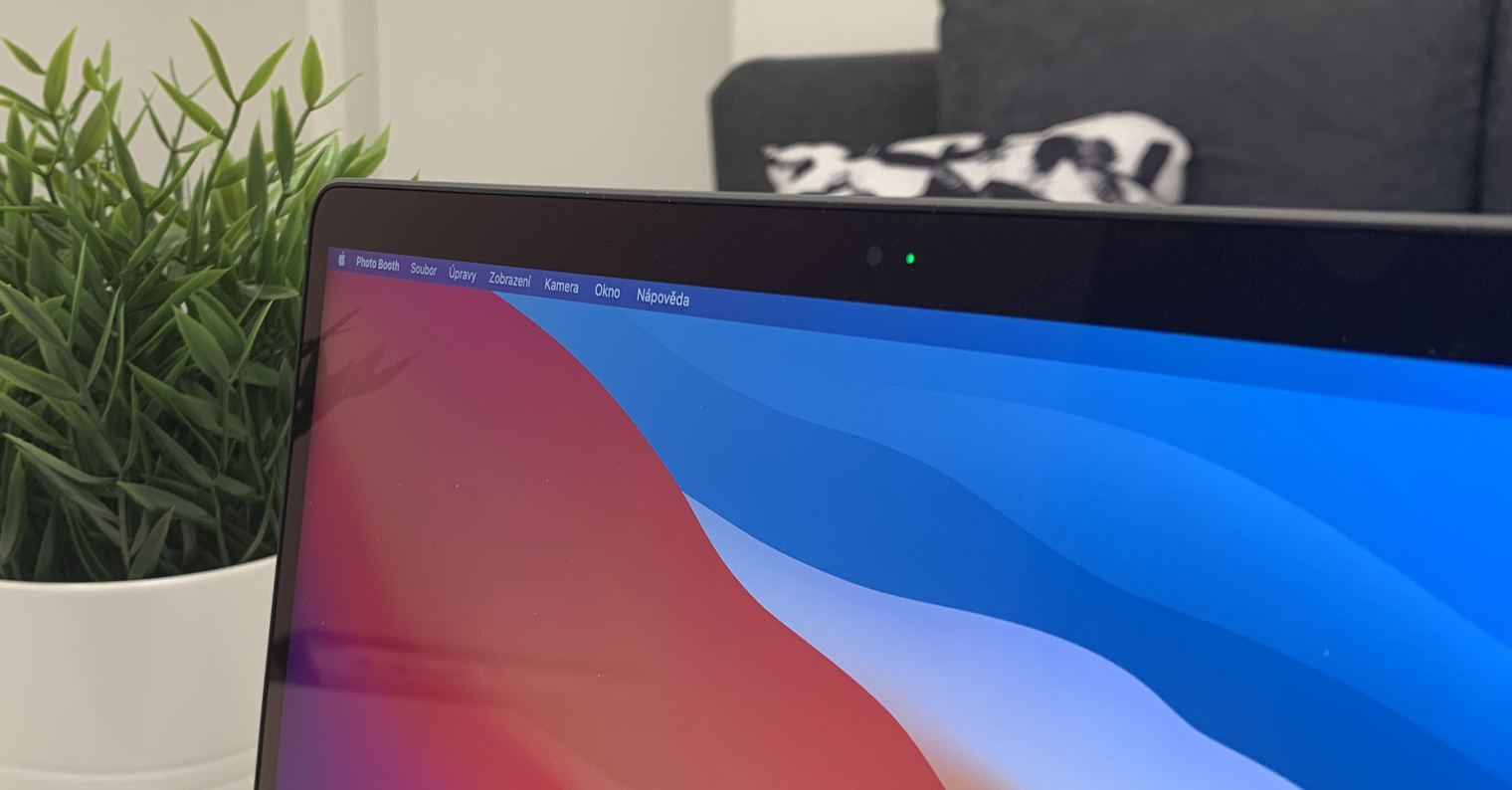
The front-facing FaceTime cameras on MacBooks are, as mentioned above, exactly the same—yet they are different. Now you might be thinking that this is an oxymoron, but in this case everything has an explanation. With the arrival of the MacBooks with the M1, the front FaceTime camera was improved, even though no new hardware was used. Recently, Apple has been betting a lot on the software improvement of its lenses, which can be observed especially on iPhones, where, for example, the portrait mode is completely "computed" by software. Since the Apple company used extremely powerful M1 chips in MacBooks, it could afford to use clever software modifications here as well. At the very introduction of this news, not too many users hoped for some extreme improvement, which was also confirmed. No drastic changes are taking place, but we'd be lying if we said there hadn't been a shift.
Personally, I noticed the differences in the front FaceTime camera on the MacBooks with the M1 really quickly. With my 16″ MacBook Pro, which has the same FaceTime camera as several previous generations of Macs, I'm somehow used to lackluster color rendering and relatively high noise, which manifests itself especially in low-light environments. The front FaceTime camera on MacBooks with M1 significantly suppresses these negatives. The colors are much more saturated and in general it seems that the camera can focus much better on the user's face, which shows more details. In this way, a person finally looks relative to the world on camera and has a nice and healthy color. But that's really all there is to it. So definitely don't expect any huge miracles, and if you care about the quality of the FaceTime camera on Mac, then definitely wait a little longer.



